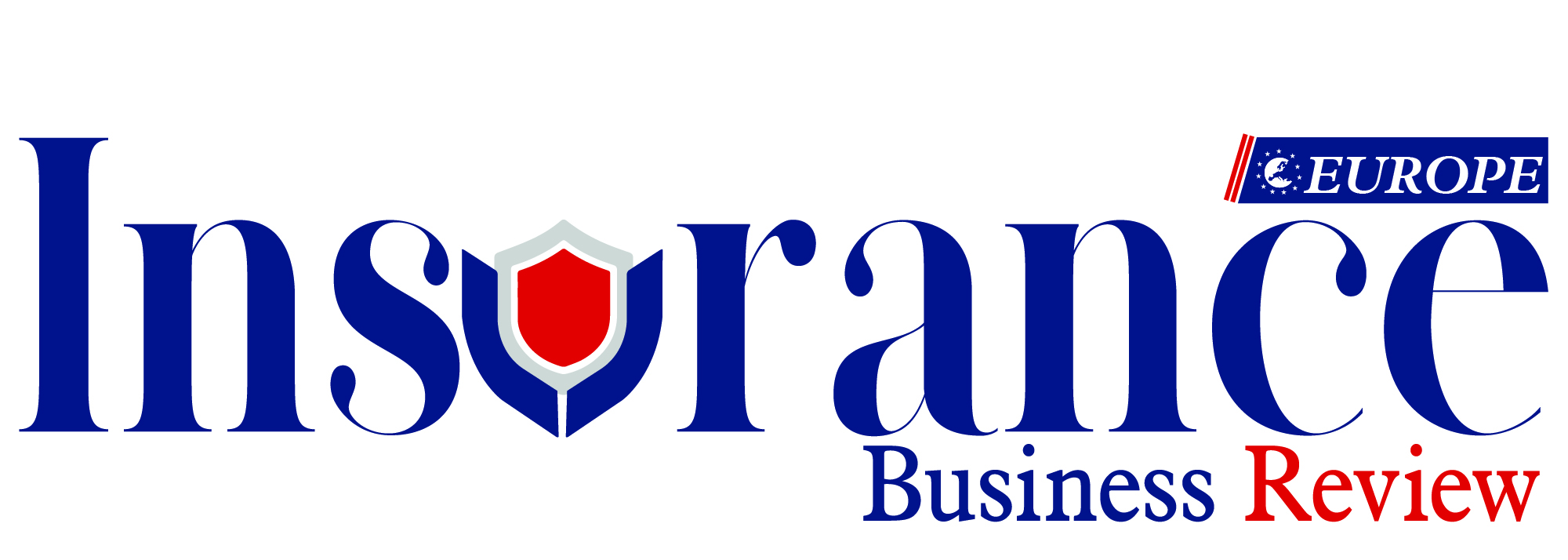Thank you for Subscribing to Insurance Business Review Weekly Brief
- Home
- Sections
- Claim Adjusting
- Credit Insurance
- Cyber Insurance
- Expat Insurance Agency
- Health Insurance
- Insurance Agency Management
- Insurance Broker
- Insurance Consulting
- Insurance Risk Management
- Liability Insurance
- MGA
- Reinsurance
- Specialty Insurance
- Third Party Administartor
- Travel Insurance
- Underwriting
- Worker Compensation
- News
- CXO Insights
- Vendor Viewpoint
- Magazine
- Conferences
- Subscribe
- About Us
- CXO Awards
-
HITL Underwriting as a Catalyst for APAC Insurance Transformation
It is the ultimate expression of balancing automation with expert judgment, creating a future-proof model for navigating the complexities of the APAC insurance market.

By
Insurance Business Review | Wednesday, September 03, 2025
Stay ahead of the industry with exclusive feature stories on the top companies, expert insights and the latest news delivered straight to your inbox. Subscribe today.
The APAC insurance sector is in rapid expansion and digital transformation, necessitating increasingly swift, precise, and consistent underwriting determinations. The integration of automation and human expertise, rather than their opposition, is exemplified by the burgeoning paradigm of Human-in-the-Loop (HITL) underwriting. This methodology redefines the relationship between technology and human capital not as a substitution, but as a synergistic alliance. It entails the design of intelligent workflows that harness machine efficiency for repetitive operations while elevating human discretion for intricate cases, thereby fostering an underwriting function that is both exceptionally efficient and profoundly discerning.
At its essence, HITL signifies a strategic paradigm shift from process automation to augmented intelligence. Insurers across the region are transitioning beyond rudimentary digital workflows to establish systems that enable real-time collaboration between algorithms and underwriters. The objective is not to obviate human involvement, but rather to empower underwriters by ameliorating the administrative complexities of data aggregation and preliminary analysis. This enables the underwriter, as the seasoned expert, to concentrate their cognitive faculties on the nuanced aspects of risk assessment that machines are not yet capable of discerning—namely, the ambiguities, emergent scenarios, and strategic portfolio decisions that underpin a profitable book of business. This model is particularly apposite for the APAC region, a milieu characterized by a diverse array of regulatory frameworks, customer expectations, and risk profiles, which necessitates a flexible rather than rigid approach to automation.
The Evolution of Underwriting: From Automation to Augmented Intelligence
The architecture of a modern HITL underwriting workflow is built on a foundation of intelligent triage and escalation. The journey of an application is no longer linear but directed by algorithms that continuously assess its complexity and route it along the most efficient path.
The process begins the moment an application is submitted. Advanced systems utilizing Optical Character Recognition (OCR), Natural Language Processing (NLP), and machine learning models ingest and structure vast amounts of data from various documents and third-party sources. This isn't just about digitizing paperwork; it's about instantly creating a comprehensive digital risk profile.
Once the data is structured, a powerful rules engine, often enhanced with predictive analytics, performs the initial triage. Simple, low-risk cases that fall within pre-defined parameters are identified and fast-tracked for Straight-Through Processing (STP). These applications—representing a significant portion of the volume—can be quoted, bound, and issued in minutes, sometimes even seconds, without any human intervention. This crucial first step acts as a powerful filter, dramatically accelerating throughput and freeing up invaluable human expertise for where it's needed most. This automation of the high-volume, low-complexity segment is the engine that drives efficiency in the entire underwriting operation.
Intelligent Triage and the Role of Algorithms
The true innovation of the HITL model lies in its intelligent exception management. Rather than diverting cases that fall outside Straight-Through Processing (STP) into a general queue, the system routes them directly to the most appropriate underwriter based on carefully designed triggers. These triggers function as the system’s “call for help” and are carefully designed. For example, algorithms generate a real-time complexity score by analyzing applications against thousands of data points; if the score exceeds a defined threshold—such as when risk factors are present in unusual combinations—the case is referred to a senior underwriter. Similarly, confidence thresholds ensure that when the AI models’ certainty in their own recommendations drops below a pre-set level, the case is flagged for human review, guaranteeing that ambiguous or borderline decisions receive expert attention. Additionally, specific red flags—such as unusually high sums insured, applications from high-risk industries, complex medical profiles, or fraud indicators—are hard-coded to trigger an escalation. Importantly, when a case reaches an underwriter, it does not appear as a raw, unstructured file. Instead, it is presented as a curated package within a sophisticated digital “workbench” that consolidates the AI’s analysis, highlights the data points prompting escalation, visualizes key risk indicators, and may even propose potential next steps. This transforms the underwriter’s role from a data-gatherer to a strategic decision-maker, empowered to apply judgment and expertise to AI-surfaced insights to make the final, well-informed determination.
Enhancing Decision-Making through Feedback Loops
A defining feature of a mature HITL system is its ability to learn continuously. The process doesn't end when the human underwriter makes a decision. That decision—whether it's to approve a flagged case, apply a specific loading, or decline a risk—is captured and fed back into the system. This feedback loop is the mechanism that makes the entire operation smarter over time.
Every manual decision acts as a new training data point for the underlying machine learning models. If underwriters consistently override an AI recommendation in a specific scenario, the model learns to adjust its parameters. This constant refinement improves the accuracy of the initial triage, increasing the STP rate as the machine becomes more confident in handling a wider range of risks. It also enhances the quality of escalations, ensuring that cases flagged for human review are genuinely complex and worthy of an expert's attention. This creates a virtuous cycle where human expertise continually enhances machine intelligence, which in turn frees humans to focus on increasingly higher-value tasks. This learning capability is what transforms the underwriting function from a static processing center into a living, evolving intelligence hub.
The progression of the APAC insurance sector towards HITL underwriting not only improves operational efficiency but also cultivates a more sophisticated and data-driven approach to risk evaluation. As regulatory frameworks and client expectations evolve, the adaptable nature of HITL underwriting positions the APAC insurance market to address challenges and capitalize on opportunities more effectively. Ultimately, this pioneering methodology equips insurers with the necessary tools to grow in an environment, thereby ensuring robust portfolio governance and sustained profitability.
More in News






